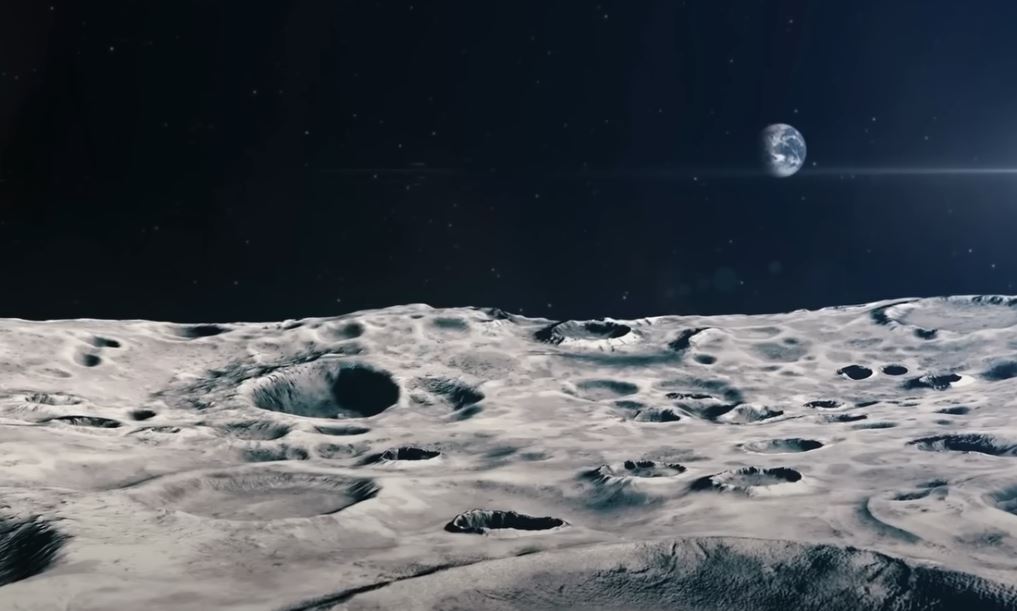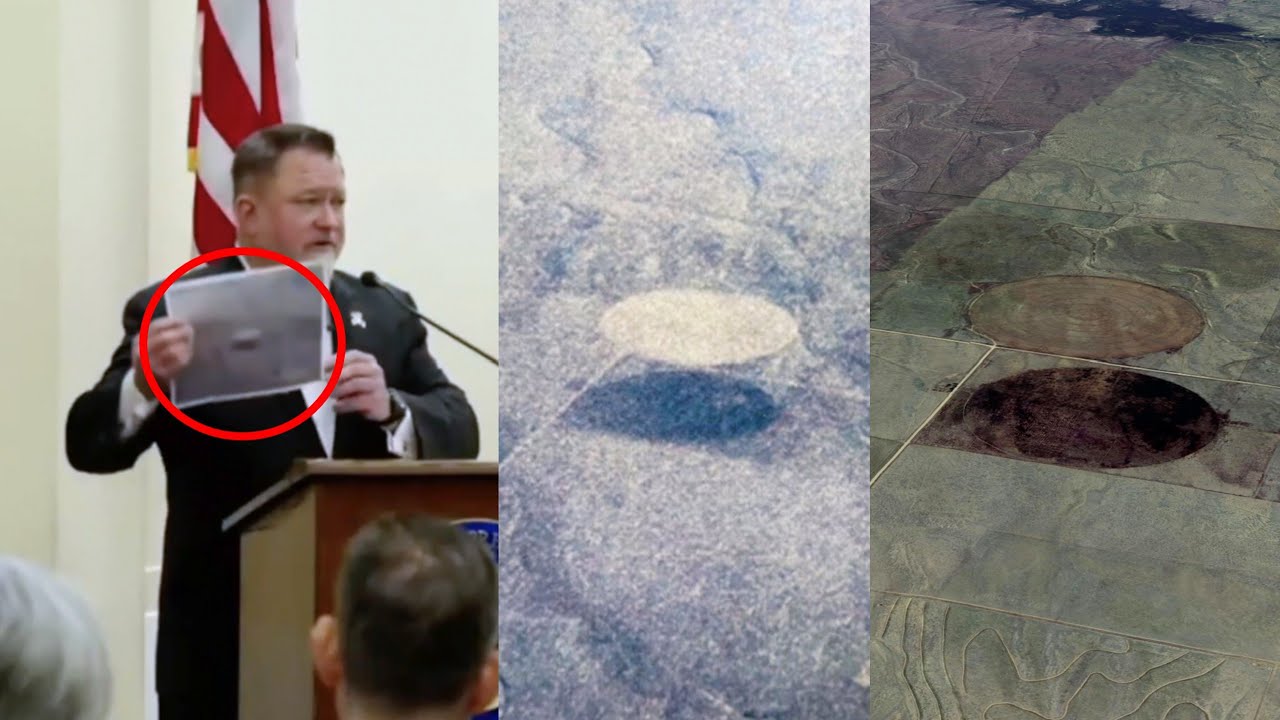**Headline: “James Webb Telescope Unveils Shocking Signs of Possible Alien Life on Proxima B!”**

In a groundbreaking revelation that has sent shockwaves through the scientific community, the James Webb Space Telescope (JWST) has detected mysterious artificial light emanating from Proxima B, an exoplanet just 4.24 light years away. This discovery reignites humanity’s age-old question: Are we alone in the universe? As scientists scramble to analyze this unprecedented data, the implications of potential extraterrestrial life have never felt more tangible.
Proxima B, orbiting the red dwarf star Proxima Centauri, has long been a focal point in the search for habitable worlds beyond our solar system. First discovered in 2016, this Earth-sized planet resides in the habitable zone of its star, where conditions might allow for liquid water—a crucial ingredient for life as we know it. But what sets this exoplanet apart from the billions of others scattered across the galaxy is the startling evidence of artificial light, suggesting the possibility of an advanced civilization lurking in its shadows.

The JWST, equipped with its state-of-the-art infrared capabilities, is the most powerful telescope ever built, allowing scientists to peer through cosmic dust clouds and capture images that were previously unimaginable. This advanced technology has made it possible to study Proxima B in greater detail than ever before, raising the tantalizing prospect that we may not just be observing a barren rock, but a thriving world potentially inhabited by intelligent beings.
Astronomers have been meticulously analyzing light patterns from Proxima B, looking for signs of technological activity. Harvard astronomer AI L has emphasized the significance of these findings, noting that both the sunlit and dark sides of the planet could be illuminated by artificial sources. “For the first time, we might be witnessing the light of an advanced civilization,” L stated, underscoring the gravity of this discovery.

However, the road to understanding Proxima B is fraught with challenges. The planet is tidally locked, meaning one side is perpetually bathed in sunlight while the other remains in darkness. This unique characteristic complicates the search for life, as the extreme conditions on either side could hinder habitability. Yet, the mere possibility of life existing on Proxima B has fueled a global frenzy of interest and research.
Adding to the intrigue, a mysterious radio signal detected from Proxima B in recent years has further captivated scientists and enthusiasts alike. This signal, which lasted nearly 30 hours before fading away, was a perplexing anomaly that has yet to be fully explained. Could it be a natural phenomenon, or is it evidence of communication from an extraterrestrial source? The unanswered questions only heighten the stakes in the ongoing investigation.
As the scientific community rallies around this extraordinary discovery, plans are in motion to send a nanocraft to the Proxima B system. This ambitious $100 million project aims to utilize cutting-edge laser propulsion technology to reach the planet within a mere two centuries—a blink of an eye in cosmic terms. While human astronauts may not set foot on Proxima B anytime soon, the quest to uncover its mysteries is undeniably underway.
The search for extraterrestrial intelligence (SETI) has become increasingly urgent, with over 20,000 red dwarf stars being scanned for signs of life. Proxima B stands at the forefront of this mission, representing our best chance yet to answer the profound question of whether we are truly alone in the cosmos.
As we stand on the precipice of this new era of exploration, one thing is clear: the James Webb Space Telescope has opened a door to possibilities we have only dared to imagine. The universe is vast, and as we continue to look beyond our own planet, the potential for discovery is limitless. With Proxima B now in the spotlight, the world watches with bated breath, eager to uncover the secrets that lie within the depths of space. What do you think about the chances of life on Proxima B? The conversation is just beginning.



